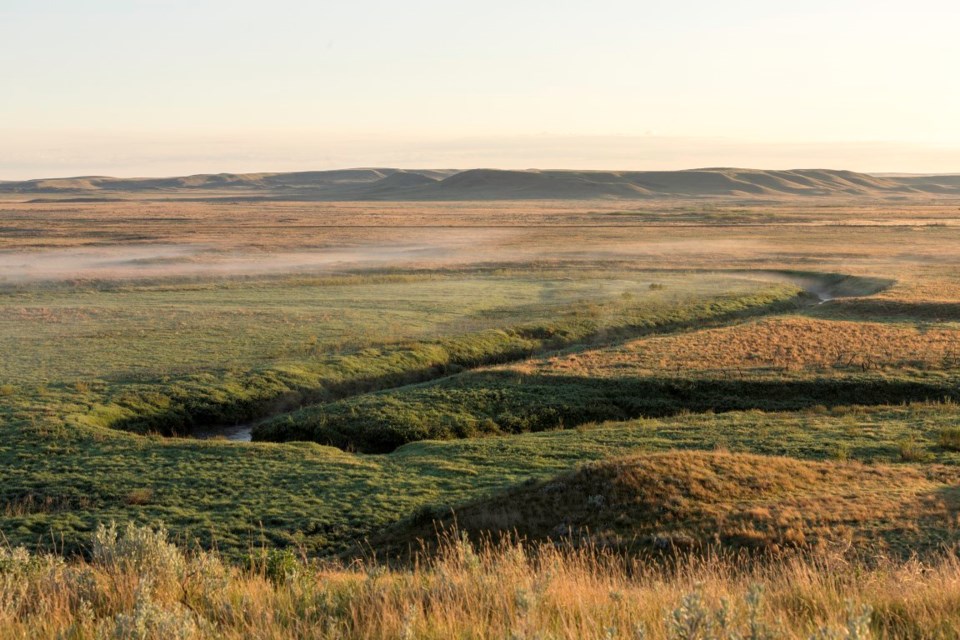At the heart of John Palliser’s triangle is the steppe that runs west in Saskatchewan from the Montana border to Lethbridge. It can be dry country.
In the 1860s, when the explorer came through that part of the Northwest Territory, he saw little potential for farming, preferring the area we now call the dark brown, black and gray soil zones of the Prairies. The area in the lighter brown zone would only be fit for livestock, Palliser surmised.
But 160 years later, crops are doing, at least economically, better than cattle in that zone. Palliser couldn’t have foreseen all the technology farmers use today to get those crops or the risk management tools used to keep producers on the land through the worst years.
It’s not that the heart of the triangle hasn’t seen drought before. It was a little droughty after the First World War, similar to parts of the 1930s. After the Great Depression, when people in the region talked about the bad drought of that period, they mostly referred to 1936, a year that was less than one-third as dry as 2022. Dry conditions combined with heavy tillage at that time left farmers struggling to grow anything.
We’ve had five worse droughts in the area since 1900, all in the past 25 years and four of those in the past seven.
It’s technology, improvements in agronomy and financial risk management tools, along with favourable commodity prices, that are carrying grain producers through the worst drought Palliser’s triangle has ever seen.
Cattle producers in the region have fewer tools and lower prices. Improvements in pasture management and herd genetics have helped many hold on, but these past few seasons have created great disappointments for some.
On the grain side, nearly all farming in the region involves breaking the soil only once with a single pass of seed and fertilizer. A few producers will chem-fallow their most vulnerable fields to store additional water, and crop rotations nearly eliminate the need for iron in weed control. Drought-tolerant pulse crops also provide opportunities.
Improved canola genetics with herbicide tolerant hybrids built to take the heat and drought have made that another rotation for the region.
It has been technology to the rescue for cropping in Palliser’s zone.
But what if this keeps up? Droughts in the region, based on Swift Current rainfall over the past century, tend to last no more than four or five years. This drought has lasted for most of a decade and is getting worse by the year.
Cattle herds can be spread over greater acres, but that will mean some producers will exit the space. Grain yields might also be lower, tightening margins. Individual producers can spread themselves thinner over the acres, until the crop insurance and AgriStability yield levels drop off. Should crop prices decline to more traditional levels, that combination could make the region nearly unsustainable for some.
Whether one believes in climate change or not, the climate in Palliser’s Triangle is trending drier.
Two decades after Palliser pronounced his disappointment in the region, the botanist John Macoun toured the same land. Without the giant herds of bison and during a wetter period, he suggested the area would become Canada’s breadbasket.
Maybe both were right.
Karen Briere, Bruce Dyck, Barb Glen and Mike Raine collaborate in the writing of Western Producer editorials.




